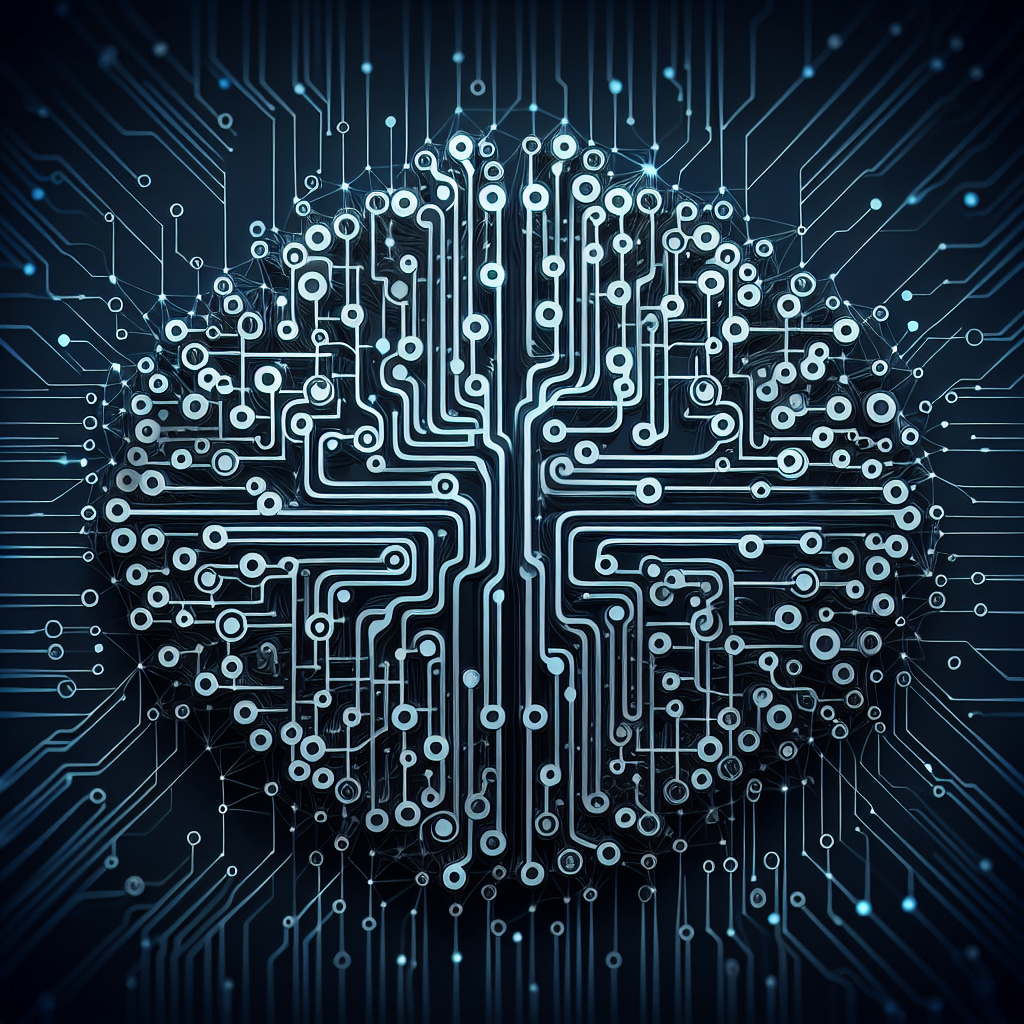Fix today. Protect forever.
Secure your devices with the #1 malware removal and protection software
Deep learning has emerged as a powerful tool in the field of artificial intelligence, revolutionizing the way we approach complex problems and tasks. At the heart of deep learning are deep neural networks, which are computational models inspired by the structure and function of the human brain.
Deep neural networks consist of multiple layers of interconnected nodes, each layer processing and transforming data to extract increasingly abstract features. These networks are capable of learning complex patterns and relationships from large amounts of data, making them particularly well-suited for tasks such as image and speech recognition, natural language processing, and autonomous driving.
One of the key advantages of deep learning is its ability to automatically learn and adapt to new data without explicit programming. This is achieved through a process known as training, where the network is fed with labeled data and adjusts its internal parameters to minimize errors in its predictions. This process is typically carried out using algorithms such as backpropagation, which calculates the gradients of the network’s parameters with respect to a given loss function.
The potential of deep neural networks is vast, with applications spanning a wide range of industries and domains. In healthcare, deep learning is being used to analyze medical images and diagnose diseases with high accuracy. In finance, it is being used to detect fraudulent transactions and predict market trends. In manufacturing, it is being used to optimize production processes and reduce waste.
Despite its impressive capabilities, deep learning is not without its challenges. Training deep neural networks requires large amounts of data and computational resources, making it inaccessible to many organizations. Additionally, deep neural networks are often considered as “black boxes,” meaning that it can be difficult to interpret and explain their decisions.
To harness the full potential of deep learning, researchers and practitioners are actively working on developing more efficient algorithms, better regularization techniques, and methods for interpretability and explainability. By addressing these challenges, deep learning can continue to push the boundaries of what is possible in artificial intelligence and drive innovation in a wide range of fields.
Fix today. Protect forever.
Secure your devices with the #1 malware removal and protection software
#Deep #Learning #Harnessing #Potential #Deep #Neural #Networks,dnn

Leave a Reply
You must be logged in to post a comment.